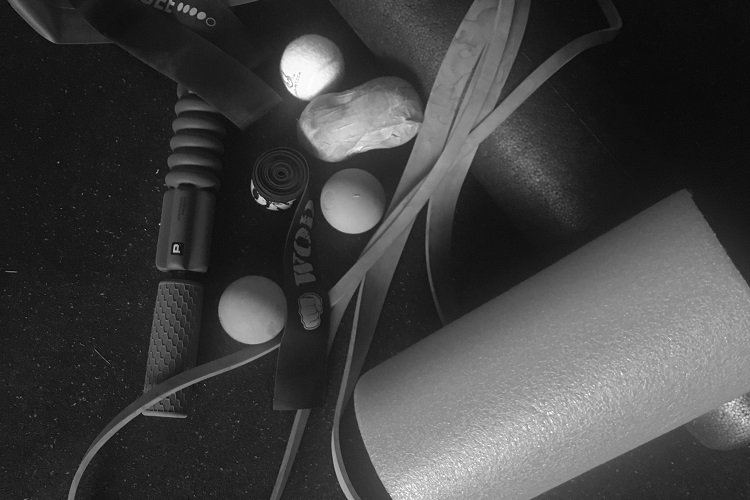
By Ty Wheeler
Pillar Three will focus on mobility. This is an area that we can address to decrease our firefighters’ chances of getting injured. If you are looking to address an area of fitness which can make significant changes to your department and injury-related events, mobility is the perfect place to start. A mobility program can significantly reduce days off work and workmen’s comp claims by addressing common mobility issues with your firefighters.
Pillar Three: Mobility
Our ability to move will be a determining factor for firefighter longevity in the fire service. Our ability to move through a full range of motion (ROM) is paramount, especially when external loads are being added (e.g., personal protective equipment). Being weighed down by 50 to 60 pounds of additional equipment will further stress the joints and limit the ROM. If we are restricted because of mobility, it will be dramatically more prevalent when in compromised positions with additional weight. It is also important to note that asymmetrical muscular imbalances also put firefighters at greater risk of injuries because of compensatory mechanisms within the body.
Mobility vs. Flexibility vs. Stability
Mobility and flexibility are often used synonymously in the fitness industry. Although they both refer to ROM, they are quite different. Mobility is the function of the joint to move through a full ROM. Flexibility is the lengthening of the muscle, allowing for greater ROM. Stretching is often the “go to” for individuals warming up or to correct soreness or tightness of muscles. Mobility addresses joint capsule restrictions, limited ROM, neural dysfunction, and motor control problems. Kelly Starrett defines three mobility systems to address to correct the mobility restriction and fix your pain, if it is present. These are joint mechanics, sliding surface dysfunction, and muscle dynamics. If you can improve each of these three areas, you will see an increase in your mobility.
As we are talking about mobility, we also need to understand where we need to apply mobility. Not all joints are meant to be mobile. We can think of our bodies as a system; to allow movement in the system, we cannot have all our joints loose and mobile when performing work. If we did, we would not be able to maintain posture. I’ll use the example of squats. When we squat, we need our ankles to be mobile to allow proper depth in the bottom position without allowing our heels to come off the ground. If your heels do come off the ground, you lack mobility in the ankle joint.
Moving up the body, the knees are the next joint; their purpose is to stabilize. We need to maintain stable knees so they do not collapse and cause injury.
Next is the hip and pelvis. This is a massive joint, one which restricts firefighters and can be a source of back pain. This needs to be mobile to allow proper body mechanics for the squat.
Next is the lower back, which is an area of much concern for a lot of firefighters and one of the most significant sources early retirement in the fire service. The lower back needs to be stable. Lumbar vertebrae are not intended to be mobile and can become injured with shearing, rotational or excessive flexion, or extension exercises.
Mobility is very complex because our bodies are complex systems. We need to understand how our bodies move to properly train them.
Common Mobility Problems
As I stated earlier, nonoptimal movement patterns, mobility, and muscular imbalances can lead to injuries. This is even more important in the fire service when our cost of injuries annually in the United States is between $2.8 to $7.8 billion, per a National Institutes of Standards and Technology study conducted in 2004. Most these injuries related to trunk (back and shoulders) and legs.
The back is the leading cause of early retirement for firefighters, accounting for 50 percent of retirements for the past several years and the trend can be traced back to a study completed by the International Association of Fire Fighters in 1998. The National Fire Protection Association also published a study in 2012 highlighting the injuries sustained by firefighters, which had the trunk as the number-one occurrence for injuries.
Injuries are not just about mobility but a combination of overall health and wellness. We need to have the strength to support the work being performed and limit muscular imbalances, to be flexible to allow greater ROM, and to be mobile to move effectively. When just one of these factors is neglected, we are at risk for injuries.
The most common area for mobility is the hips. The hips are foundation of all movement and can be the source of many types of aches and pains. Hip mobility can cause lower back or knee pain because of the large muscle attachment points on the pelvis. When a muscle is tight or overstretched, we can have a shift of pelvis that creates a pull, either posterior or anterior; this will affect the alignment within our body and will cause pain. Typically, this can be hip flexors or hamstrings causing problems.
Another area for mobility is the shoulder, which is the most complex joint we have in our body and one that is very susceptible to injury, usually because of poor posture (rounded shoulders), the overdevelopment of the anterior muscle, and a lack of posterior muscular development. The shoulder is another source of significant injury on the fireground because of the activities performed involving upper-body pulling movements.
Mobility Tests
To assess our mobility, we can use a few tests. Following are the most common areas for mobility restrictions.
Shoulder. The shoulder is the most susceptible joint we have in our bodies and one which comes with a lot of injury and poor mobility. Our immobility in the shoulder joint can be caused by poor posture, muscular imbalances (the overdevelopment of pecs and underdevelopment of the back muscles), and inactivity.
For the test, we should try a simple shoulder reach. First, place your right hand over your head and left hand behind your back, trying to touch your fingers behind your back. Do not force your ROM; it should be an easy reach. Make sure you are not putting excessive stress on these joints. Once you have completed one side, switch and do the exact same on the other side. You may note significant differences.
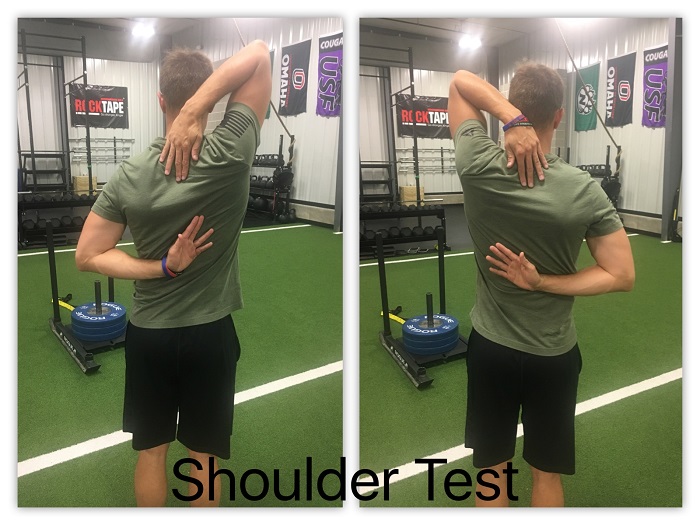
Hips. The hips are an area that is a significant source-limited mobility not only in the fire service but throughout society. This is because of excessive sitting and inactivity. Let’s focus on the hips a little more than the other areas. Following are three tests you can do at home to assess your mobility.
1. First, perform an air squat. Position yourself with our leg shoulder width apart pointed outward at 15° to 30°. Maintain a straight back with your core engaged. Your goal is to squat a full range of depth without having your heels come off the ground and your lower back remaining straight. Once your heels come off the ground or your lower back rounds, stop the test.
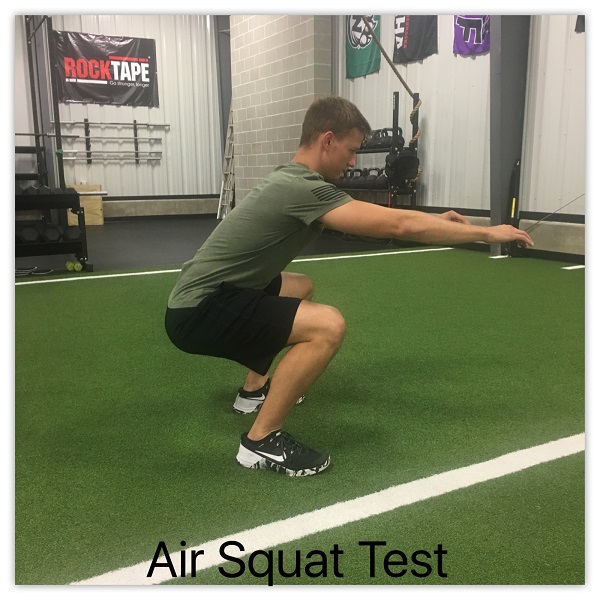
Photos courtesy of author.
2. Next, lay back on a bed or table, grab your knee, and pull it to your chest. Next, roll onto your back. The knee being pulled to the chest needs to be able to touch the chest and the opposite leg should be flat with a 90° at the knee joint.
3. Finally, test for internal and external mobility. Again, sit on the edge of the table or bed, allowing your feet to hang. Try to move your foot laterally with the thigh staying straight forward. Then, go internally.
Ankles. The ankle test will also be the mobility exercise to correct any restrictions. First, measure five inches from a wall. From a split kneeling position, place your toes at the five-inch mark. The goal is to be able to touch wall with your knee without allowing your heel to come off the ground. If you are unable to do so, move your foot closer until you can touch the wall and measure the distance. You can then revisit this test and check for any progress.
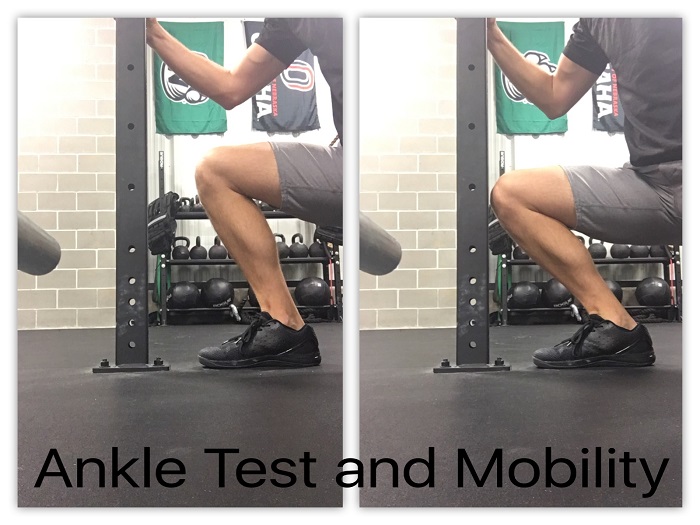
Mobility Tools
Following is a list of objects you can use to check for your mobility.
- Lacrosse balls.
- Foam rollers.
- Strength bands.
- A peanut (two tennis balls taped together).
Mobility Correctives
To improve your mobility, address the common areas which you are prone to injuries. The number of correctives are extensive, so let’s focus on the three areas where we tested our mobility: The shoulders, hips, and ankles.
Shoulders. Mobility in these areas include focusing on rotator cuff muscles, pectoralis, latissimus dorsi, and serratus. The concept behind the correctives does not always entail static stretching, but better yet, involve mobilizing the structures around the joint by self myofascial release (massage) or distraction-based stretch. We must use the all the tools listed above for these correctives.
Hips. The hips should be a primary focus for firefighters because of the high occurrence of back injuries in the fire service. Hip mobility will involve many types of exercises that encompass all aspects of the hip. Using a foam roller is the easiest form of hip mobilization. Foam rolling should include the gluteus as well as surrounding structures. Ensure that you are foam rolling the hamstrings as well as quadriceps because of the direct association to the hips. A word of caution: Avoid foam rolling or mobilizing the lower back because of its role as a stabilizer. If your lower back is tight, use the lacrosse ball as a pressure point tool placed on the erector spinae to address back tightness.
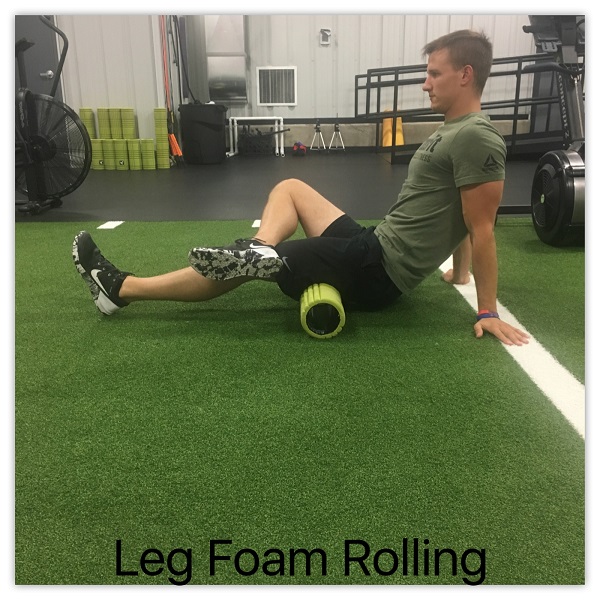
Ankles. The ankles will help with your ability to squat and increase your injury resilience. A lot of injuries happen when we are placed in situations that put us in a compromised position. When we think of lower body injuries, we often are faced with knee and ankle injuries both on the fireground and at the station. Knee injuries will be addressed by strengthening your stability in the knee and surrounding tissue. To address the ankle, build strength, but also have the mobility to fend off rolled ankles when inside darkened environments and when jumping off the truck while wearing your gear. I will show a few different movements that can improve your ankle mobility to assist in the gym, but more importantly on the fireground.
Mobility is vital for any athlete, especially when working in unpredictable environments with increased weight and in compromised positions. To improve our mobility, we can use the information above to test ourselves and begin to address the limitations we find. I also recommend seeing a physical therapist or sports chiropractor to properly diagnose and medically treat any areas that cause pain or other significant related injuries.
Ty Wheeler is a nine-year fire service veteran and a firefighter/paramedic with Johnston-Grimes (IA) Metropolitan Fire Department. He has an associate degree in paramedicine and a bachelor’s degree in fire science administration from Waldorf University. Wheeler has received several fire service and emergency medical services certifications throughout his fire service career at the state and national level. He is a member of the Iowa Society of Fire Service Instructors and with the National Strength and Conditioning Association (NSCA). Wheeler is also a certified strength and conditioning coach through the NSCA. He also teaches for the Iowa Fire Service Training Bureau and will soon serve as the Iowa Director of the Firefighter Cancer Support Network.

